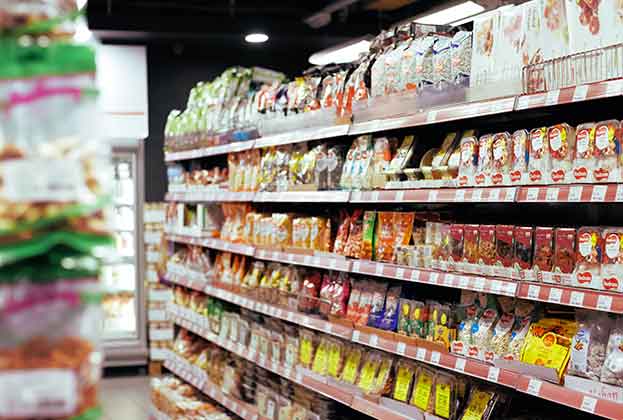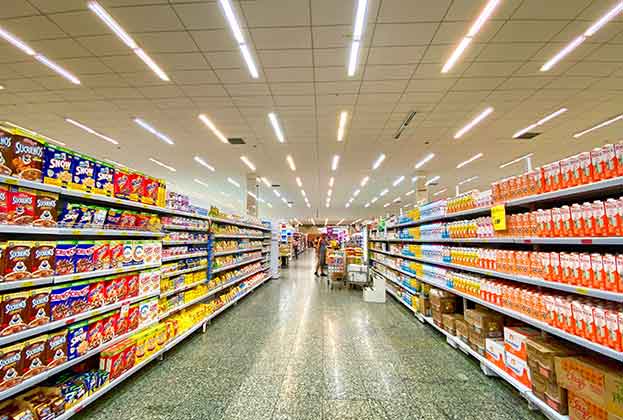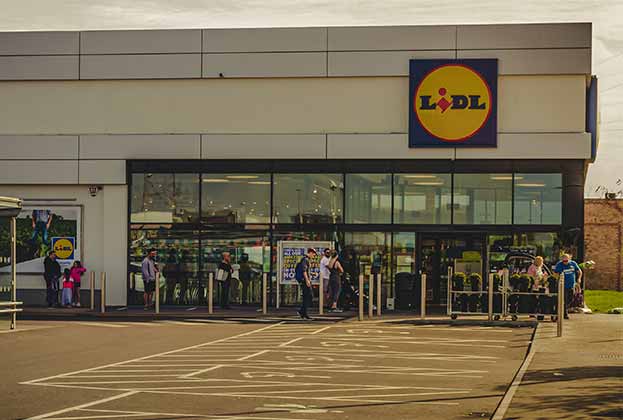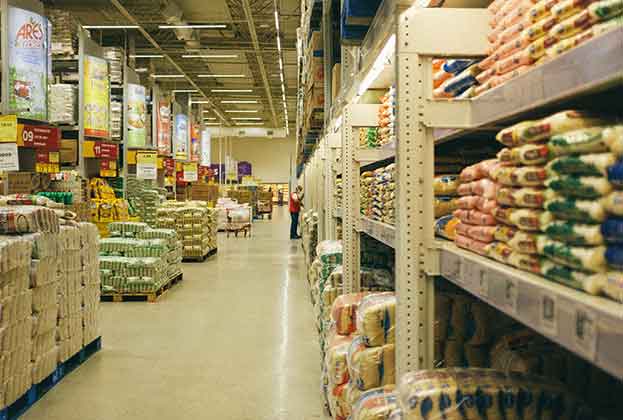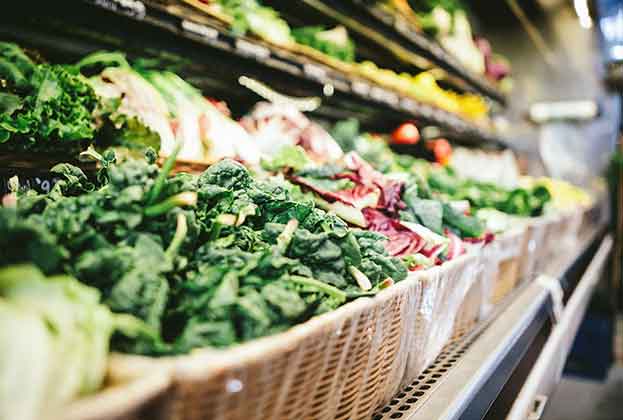With a significant pandemic-related uptick in grocery spending, strong annual portfolio growth is set to continue, particularly from the value-orientated brands
The grocery sector has been recording well above the decade average for new foodstore openings in recent years, particularly in the retail warehouse segment. 2018 saw 179 new grocery stores in the out-of-town market, whilst 2019 saw as many as 221, a record high for the last ten years and well above the average at 143. What is even more encouraging is this strong growth performance continued in 2020, despite the pandemic and the obvious disruption to trade across the wider retail market. By the end of Q4, new foodstore openings accounted for 153; this pattern has continued into 2021 with 55 new foodstore outlets opening in the market, more than a third of the way toward the decade average with three quarters of the year remaining. As a result of this activity, grocery units accounted for more than a fifth of new retail warehouse openings in 2020, the first time it has done so since 2011.
Since 2015, value-orientated brands have accounted for more than half of all new grocery openings each year, and as much as three quarters of all supermarket acquisition in 2020
Eri Mitsostergiou, Director, European Research
A look at the top 12 most acquisitive brands in the retail warehouse market for 2020 draws attention to the aggressive strategy of portfolio expansion for each of the value grocers in particular, even against a background of weak consumer confidence amid the global pandemic. The immediate post-GFC period showed that if consumers swing into belt-tightening mode, then it is the value end of the spectrum that benefits most. This suggests that whatever the political and economic outcome of the recent pandemic, the strong growth in demand from the value retailers will very likely be sustained. By way of an example, Lidl opened 46 new stores in 2019, totalling over 84,000 sq m. 2020 saw them open 55 new stores, equating to just over 90,000 sq m. Aldi and Iceland have continued to pursue strong growth strategies also, opening 42 and 18 stores, respectively, all at over 1,100 sq m gross. Since 2015, value-orientated brands have in fact accounted for more than half of all new grocery openings each year, and as much as three-quarters of all supermarket acquisition in 2020 (see chart, below).
During the pandemic, consumers have turned to grocery operators in the absence of hospitality and food service locations, with food sales set to outperform the total market for the first time since 2017. As a vaccination programme is rolled out and the UK consumers once again begin to visit restaurants, pubs and food service outlets in significant numbers, food and grocery sales are expected to retract somewhat. We saw a glimpse of this in mid Q3, when the grocery market resumed some semblance of normality, with the government's Eat Out to Help Out scheme encouraging shoppers to spend on food and drink at non-retail locations.
That said, overall food and grocery expenditure is not expected to return to the levels we saw pre-pandemic, highlighting a noticeable and permanent improvement in advance of the sector's normal growth trajectory. As a result, the growth rate will naturally show a decline, estimated at -5.3% for 2021, but is expected to return to normal levels of growth by 2023.
Supermarkets and convenience stores have, of course, been considered essential throughout the pandemic. Out-of-town foodstores accounted for more than a third (35%) of all the essential retailers permitted to trade immediately following the government sanctions in March 2020. As a result, we have seen significant sales improvements for individual brands, echoing that in the wider market as a whole. The chart below shows that Tesco’s year-on-year gross sales increase from -0.8% in the 12-week period up to 23 February 2020, to 10.4% in the 12-week period to the end of November.
The online supermarket Ocado has unsurprisingly seen the most significant sales growth, from 10.8% in the same 12-week period in February, to 38.3% in the same 12-week period in November, resulting in a market share of 1.7% of the UK grocery market as a whole. Meanwhile, Lidl reached a new record market share of 6.2% (see chart, below), and Aldi’s sales were up by 7.0%, with a 7.7% share of the market, demonstrating the strong consumer demand for value-orientated operators and underpinning the strong acquisition activity they have continued to demonstrate this year.
Read the articles within Spotlight: European Food and Groceries Sector below.
.jpg)
